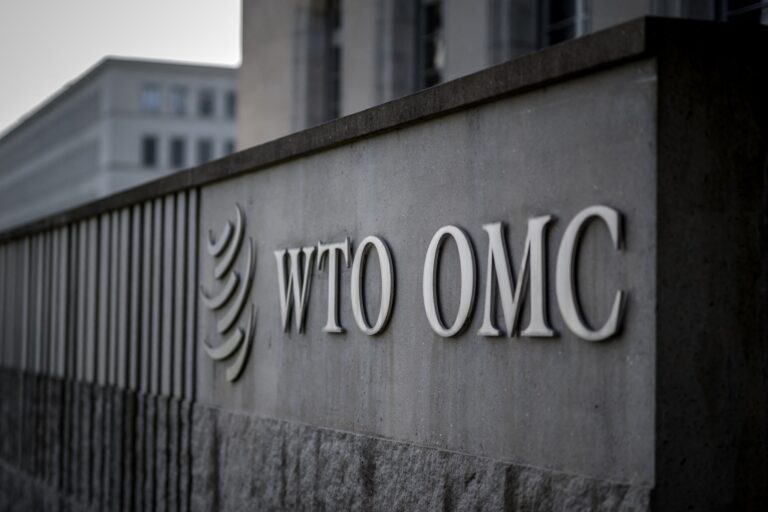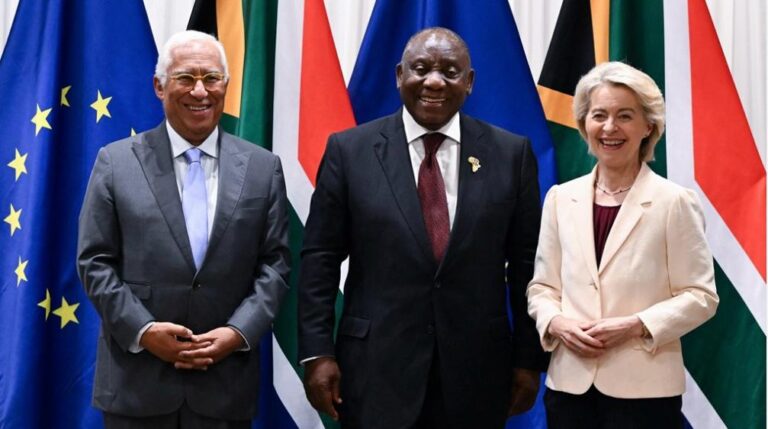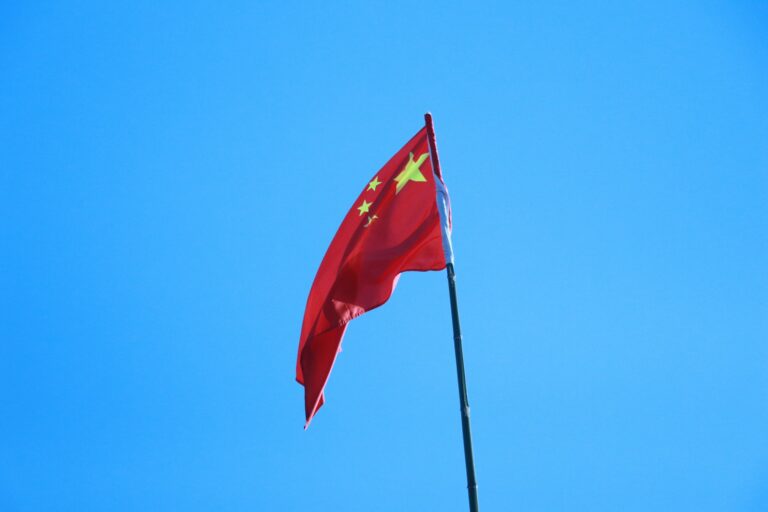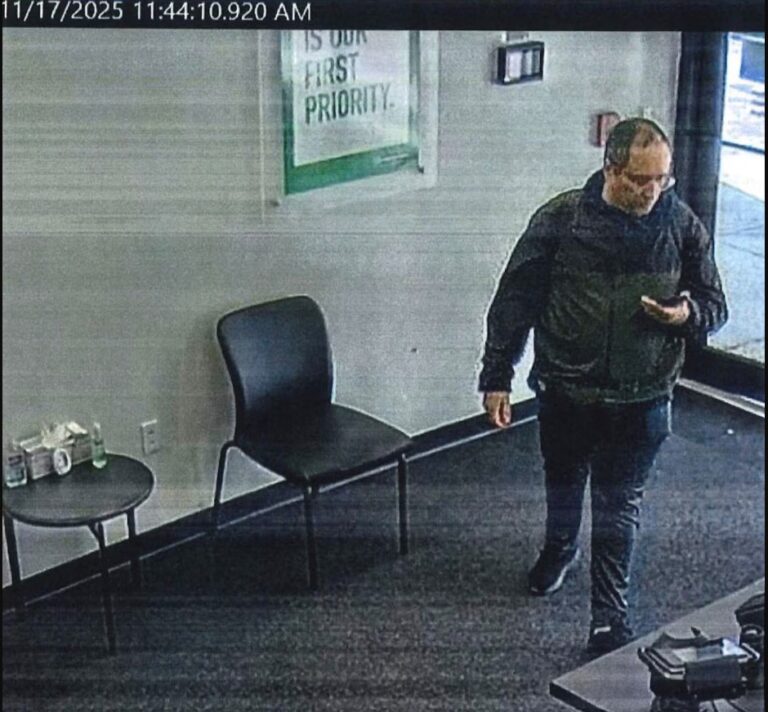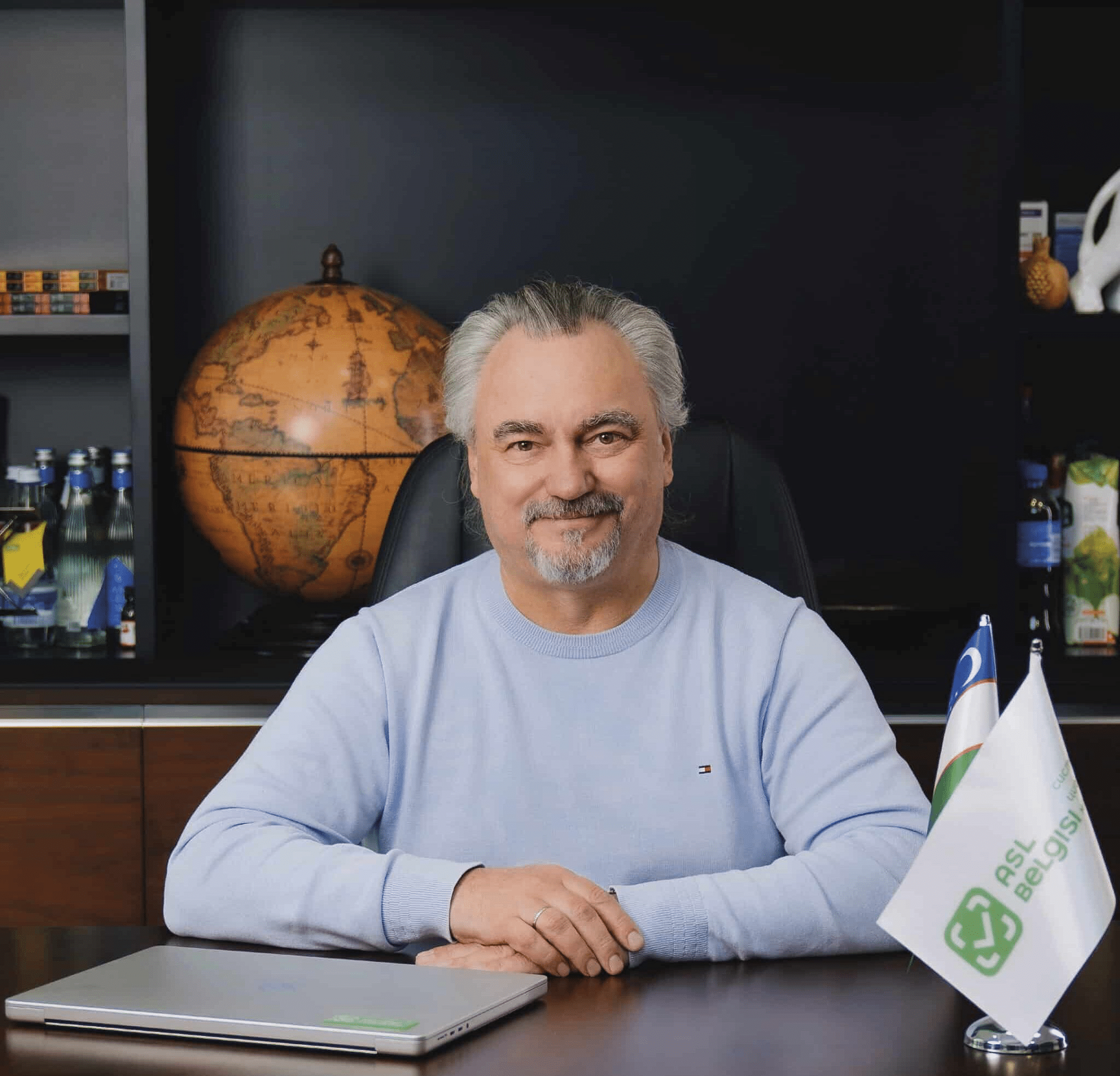
Anatoly Bachikalov, General Director of CRPT TURON, explains how digital labelling is helping Uzbekistan bring transparency to its economy and protect public health.
More than three years have passed since Uzbekistan launched its mandatory digital labelling system. Several key product categories are now covered, including tobacco and household appliances. In this interview with Kursiv Uzbekistan, Anatoly Bachikalov shares the challenges faced by businesses, why labelling remains a national priority and what results can already be seen.
First Steps in Labelling
How did businesses initially react to the launch of mandatory labelling?
«Businesses had to adapt their production processes. Many didn’t understand why it was necessary. Tobacco was the driving force. Companies in that sector clearly understood the goal, due to the high level of counterfeiting. The tobacco companies led the process themselves. In Uzbekistan, the labelling system started with tobacco as the first regulated group.
“In Russia, tobacco was already labelled, so the tobacco industry in Uzbekistan was prepared both technically and mentally. They understood that the state could use labelling to monitor the market and allow enforcement agencies to identify and remove counterfeit goods.
“We were fortunate in that regard. For example, the well-known Korean brand ESSE had never officially supplied its cigarettes to Uzbekistan, yet they were widely sold in Tashkent. Two years after labelling began, ESSE saw the market was becoming more transparent. The company decided to enter the market legally and is now investing in a factory in Kazakhstan. Its products will be legally supplied to Uzbekistan, Kazakhstan and other Eurasian Economic Union countries, thanks to free movement of goods within the EAEU.
“Counterfeiting hasn’t been eliminated entirely, but labelling now allows authorities to identify genuine products. In the past, counterfeit excise stamps could be easily faked and used. Today, digital labelling clearly shows if a cigarette pack is legal or not.»
State Strategy: Bringing Products into the Formal Economy
Why is digital labelling a national priority in Uzbekistan?
«The shadow economy remains large, at around 50%. Reducing it is a clear goal. That’s why the first labelled groups were those most affected by informal trade: excisable goods, water and the pharmaceutical market.
“We’re already seeing results. Excise tax collection rose significantly in 2024. This was driven by greater formalisation of the tobacco market. Work is ongoing in the alcohol sector too. A traceability system is in place, overseen by the Tax Committee. The state sees labelling as a critical tool for reducing the shadow economy.»
Market Impact and System Effectiveness
What changes are visible on the market?
«Besides tackling the shadow economy, we must also prioritise public health. Before labelling, Uzbekistan had issued around 33,000 medicine registrations. In countries like Russia, where labelling was already in use, there were no more than 16,000. Now, Uzbekistan has around 13,000 officially registered medicines. They are all labelled. The rest disappeared because they were illegal.»
What impact has labelling had on the illegal market?
«One strong example is the supply of beer from Shymkent. When I arrived in Uzbekistan in 2018, it was easy to buy large volumes of Shymkent beer, which entered the country via unclear routes across the border. After labelling became mandatory for beer, the number of local producers grew by over 30%. That growth came from reducing illegal circulation.»
Public App Engagement and Civil Control
You launched the Asl Belgisi app in 2021. Has it been effective as a civil control tool?
«Today the app has around 300,000 users. We would like that number to grow. It’s especially important that people can check whether medicines sold in pharmacies are genuine.
“We cooperate with the Pharmaceutical Industry Development Agency and the State Tax Committee, which has its own app. We share our API with them. The goal is to help people use Asl Belgisi or any partner app to check products. That would be ideal.»
What’s New in 2025
What are the latest developments in the labelling system this year?
«One of the key innovations was the introduction of group packaging for excisable goods. This allows businesses to sell by the case, not by individual unit. At checkout, scanning one code covers the entire package. This speeds up retail and stock management.
“The second major update is the launch of the voluntary labelling project for dietary supplements. Since 1 March, more than 17 producers have requested to join. Local manufacturers believe that up to 70% of supplements on the market could be counterfeit.
“I am confident that labelling will help change this situation very soon.»


